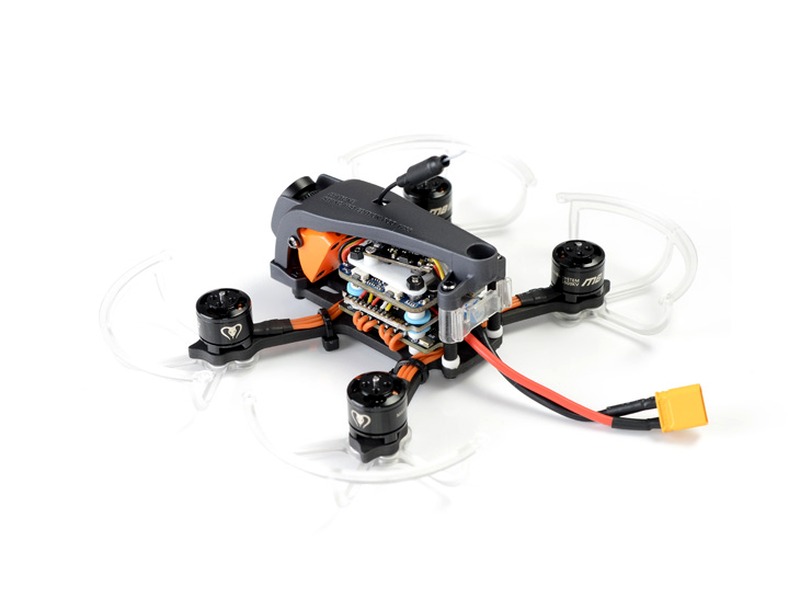How do you control a drone with a quadcopter?

Controlling a drone with a quadcopter requires a few simple steps. First, you will need to make sure you have the right equipment. You will need a drone, a remote control, and a compatible receiver.
Once you have all the necessary components, you can begin to set up the drone for flight. This process will vary depending on the type of drone you are using. Some drones require you to attach the receiver to the drone, while others have built-in receivers.
Once the receiver is attached, you will need to bind the receiver to the remote control. This process will involve pressing a button on the remote and then pressing a corresponding button on the receiver. This will allow the remote to communicate with the receiver.
Once the receiver is connected to the remote, you can begin to power up the drone. This will involve connecting the battery to the drone and switching on the power. Once the drone is powered up, you can begin to fly it.
When operating the drone, you will need to use the remote control to control the direction and speed of the drone. You can use the left and right sticks to control the direction, while the throttle will control the speed. You can also use the trim buttons on the remote to make small adjustments to the direction and speed of the drone.
Finally, you can use the camera on the drone to take pictures and videos. Most drones come with a built-in camera, though some require you to purchase one separately. You can use the camera to take pictures and videos of your surroundings, or you can use it to take aerial shots of your property or other areas.
In order to control a drone with a quadcopter, you need to make sure you have the right equipment, bind the receiver to the remote, power up the drone, and use the remote to control the direction and speed of the drone. You can also use the camera to take pictures and videos. By following these steps, you can easily control a drone with a quadcopter.
Comments / Question
2. Increased stability: Quadcopters are more stable than other types of drones because they have four rotors that help to keep them level and balanced.
3. Easier to control: Quadcopters are easier to control than other types of drones because they have four rotors that can be adjusted independently to achieve the desired effect.
4. Cost-effective: Quadcopters are generally more cost-effective than other types of drones because they are simpler and require fewer parts.
5. Versatility: Quadcopters can be used for a variety of applications, from aerial photography to search and rescue operations.
2. Learn to fly the drone in a simulator before taking it outside.
3. Check the local laws and regulations before flying.
4. Fly during good weather conditions and avoid flying in strong winds.
5. Always keep the drone in sight and never fly it higher than 400 feet.
6. Make sure all components are in good working order before flying.
7. Make sure the battery is fully charged before each flight.
8. Use a spotter to assist with the flight.
9. Do not fly the drone near airports, military bases, or other restricted areas.
10. Be aware of other aircraft in the area.
2. Install the batteries in the remote control and turn it on.
3. Connect the remote control to the drone. This can be done by either using a USB cable or by using a wireless connection.
4. Place the drone on a flat surface and turn it on.
5. Use the remote control to move the drone. The left stick controls altitude and the right stick controls direction.
6. Experiment with the other buttons on the remote control to control features such as camera angle and speed.
7. When you are finished flying the drone, turn it off and disconnect the remote control.
2. Propellers: These are the blades that spin and create thrust that helps the drone to move and stay in the air.
3. Flight Controller: This is the computer that controls the drone’s movements.
4. Battery: This is the power source of the drone.
5. Frame: This is the structure that holds all the components together and provides a platform for the drone to move.
6. GPS: This is the navigation system that allows the drone to know its location and stay on track.

